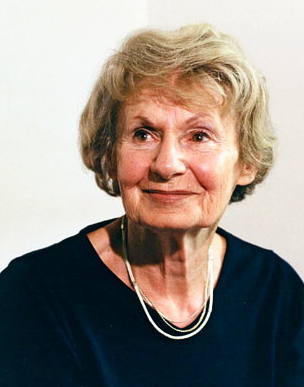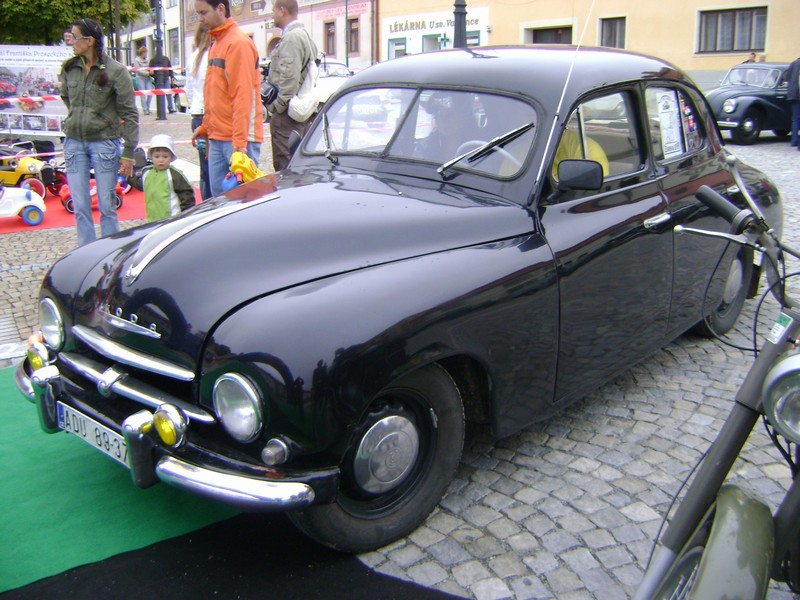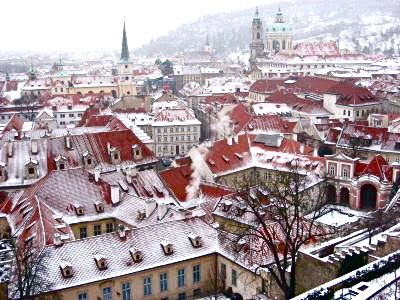“On Wednesday, I got fired from the publishing house. I went home and sat in a daze, until somebody rang the bell and I opened the door to two dapperly dressed men with kissers like carved wood. They just flashed their IDs and said to come with them…One of the spooks slipped in behind me and kept an eye on my fingers as I dropped my wallet into my handbag…The dapper dans stuffed me into the back of a car…and we sped off to headquarters of State Security.” –Helena Novakova
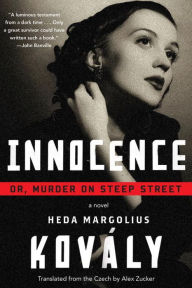 Author Heda Margolius Kovaly’s real life contains more drama than any of the characters in this novel ever dreamed of, no matter how traumatic their situations may appear here. Growing up in a Jewish family in Prague, she lived through the arrival of the Third Reich and the occupation of the country, her relocation to Lodz in occupied Poland, and her eventual transfer to Auschwitz. The only survivor in her family, she ended up in a labor camp before being sent on a death march from Poland to Germany, during which she escaped and, with the help of Czech partisans, was hidden and eventually spirited back to Prague. The Communist takeover in 1948, the corruption among the political appointees in charge of the cities, and the eventual arrest and execution of her husband left her alone with her small son within a society which was afraid to associate with her as the wife of a “traitor.” The Communist police state maintained power through fear-mongering, censorship, the use of informers, arbitrary imprisonment, and all forms of political oppression.
Author Heda Margolius Kovaly’s real life contains more drama than any of the characters in this novel ever dreamed of, no matter how traumatic their situations may appear here. Growing up in a Jewish family in Prague, she lived through the arrival of the Third Reich and the occupation of the country, her relocation to Lodz in occupied Poland, and her eventual transfer to Auschwitz. The only survivor in her family, she ended up in a labor camp before being sent on a death march from Poland to Germany, during which she escaped and, with the help of Czech partisans, was hidden and eventually spirited back to Prague. The Communist takeover in 1948, the corruption among the political appointees in charge of the cities, and the eventual arrest and execution of her husband left her alone with her small son within a society which was afraid to associate with her as the wife of a “traitor.” The Communist police state maintained power through fear-mongering, censorship, the use of informers, arbitrary imprisonment, and all forms of political oppression.
In 1985, thirty years after author Heda Margolius Kovaly lived through these times, and twenty years after her escape from Czechoslovakia to the United States, she wrote Innocence, her only novel, which takes an unusual approach to some of the issues which so dramatically affected her own life in the 1950s. Working in the library at Harvard after her escape, she had come to admire the work of Raymond Chandler, among other English-speaking authors, and in this novel, she uses Chandler’s abrupt, noir style to flash back and bring to life some of the crimes of the Communist regime in Czechoslovakia against ordinary citizens. These abuses were so horrific and so universal that I found myself somewhat nonplussed to see them recreated here within the limitations of a Raymond Chandler-style novel, almost as if the author were understating the legitimate horrors of her own experience in order not to draw too much attention to her own amazing survival. Fortunately, Part I, the Chandleresque section (from which the introductory quotation is taken) is followed by a Part II, which pays more attention to the psychological effects on ordinary people caught up in the maelstrom of political unrest. The two parts, taken together, provide a unique perspective from which to evaluate both the daily horrors and their longer-term effects.
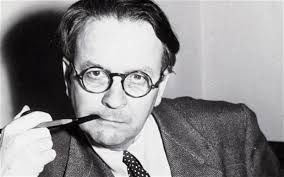
Raymond Chandler, described as the “founder of the hard-boiled style” of detective fiction, served as the inspiration for the style of Part I.
As Part I opens, Helena, a stand-in for the author, is working at a movie theatre, and she castigates the projectionist Janecek for starting a film with the wrong reel. Janecek’s only friend is Josef, the eight-year-old nephew of one of the ushers at the theatre, who comes to visit his aunt, sometimes, when his mother is at work. When the child goes missing and soon after is found dead under the projection room floor, Janecek is arrested. Within a few more pages, the reader learns more about Helena, whose husband of two years, Karel, suggests that her friend Jana Hronkova and her boyfriend, Antonin Fiser, take a weekend off and enjoy the cottage that Karel and Helena have in the rural countryside. He draws a map to show them how to find the cottage. Unfortunately, the road shown on the map goes past a military installation, and the police see this as subversive activity and demand that all four of them be picked up, interrogated, and held on “suspicion.”
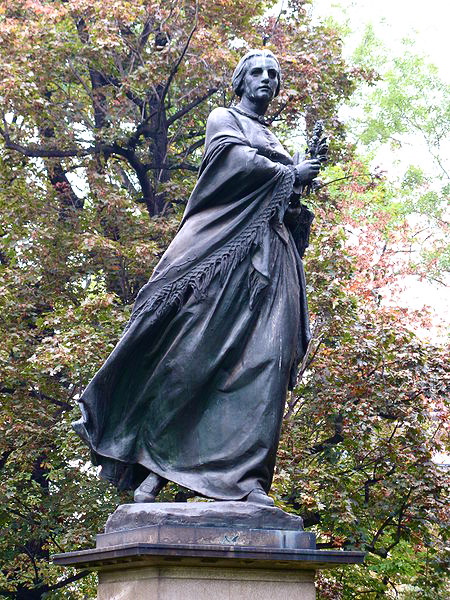
Helena admires Bozena Nemkova, a nineteenth century Czech author who survived many difficulties and served as a spiritual model for Helena.
Gradually, other characters are introduced. Mrs. Kourimska seems to be living a double life, judging from the exotic food – truffle pate and crabmeat – she is preparing for a “guest” and seems to have some sort of private income. Marie, an usherette at the theatre, uses her body to advance her own interests by having an affair with a married police captain. Helena’s own husband, Karel Janek, is sentenced to jail for six years, and Helena, in desperate need of someone to talk to, becomes attracted to a charming zoologist. Every move she makes is monitored by the state security forces, and she soon finds herself responding to information from one of her co-workers, about an official who may be able to help her gain some privileges for Janek which will make his life more bearable if she is willing to “perform” for the officer.
All of Part I is filled with clichés and platitudes, and the extent to which the author may be satirizing, rather than copying, some of Chandler’s writing is unclear. Helena’s first person point of view, alternating with third person point of view elsewhere, gives a kind of immediacy to Helena’s predicaments, even though the reader is bombarded with similes and metaphors like, “Happiness is like a cake,” “life was like a game of bridge,” someone was “wrung out like a dishrag.” One person “sang like a bird” while another “spilled the beans.” Slang, which might have passed in Chandler’s English, feels artificial in this setting and sometimes bizarre: Comments that “every sentence is a laugh riot,” and that a woman is a “piece of skirt” who “does not have the dough” to do something, or that someone else has “gone off the rails” simply do not feel natural. And the platitudes are annoying: “The only way to run in the right direction is by accident.” “Just the fact that she keeps her distance from everyone is suspicious.”
Part II, far more sophisticated and lacking in the Chandleresque affectations, emphasizes the psychological effects of this period on individuals who run afoul of the police state or who are related to people who have inadvertently found themselves involved against their will. How little persuasion it takes for people to become informants is one of the major themes, and as the subject of guilt vs. innocence becomes ever more developed, the cynicism of the period becomes clear. Everyone is isolated: “There’s alone, more alone, and most alone of all.” As two more murders take place and more people are involved in saving the lives of family, friends, or themselves from false arrest, the reader begins to understand just what people mean when they say, “There’s no such thing as an innocent person.”
Photos, in order: The author’s photo appears on http://new-york.czechcentres.cz/
An article on Raymond Chandler and his photo may be found on http://www.telegraph.co.uk
The statue of Bozena Nemkova, Helena’s idol, is from https://commons.wikimedia.org
A dark blue Skoda car is the site of a murder at the beginning of Part II.
Part I opens in spring. Part II concludes with an image of snow on the rooftops of Mala Strana: http://bourbonandtea.blogspot.com
